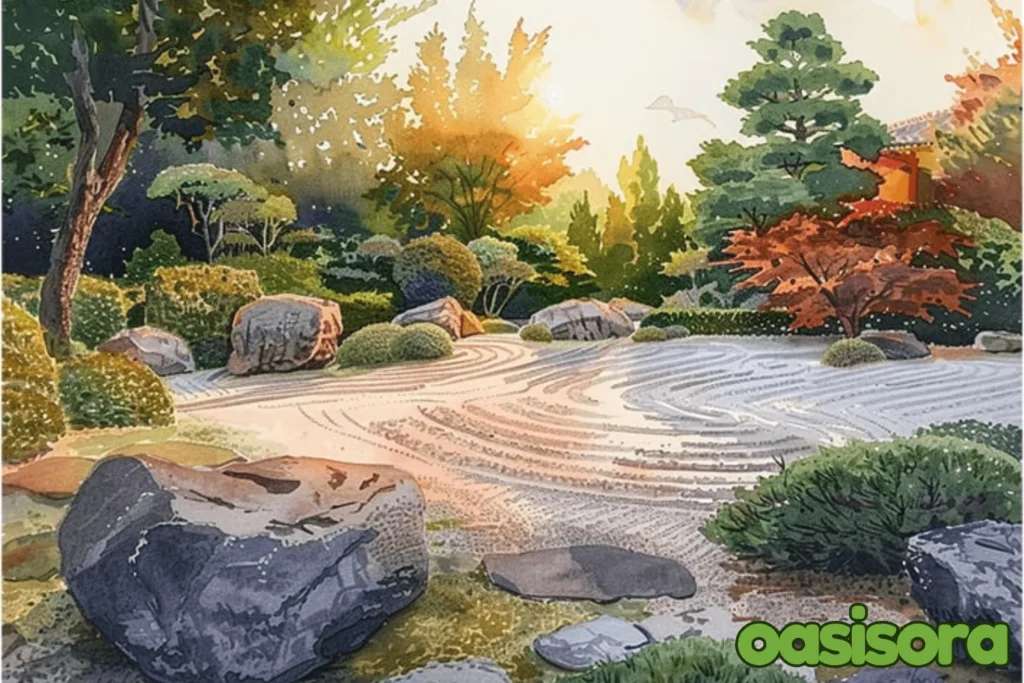
Zen garden rocks offer a simple yet powerful way to bring peace, balance, and relaxation into your daily life. Whether used for meditation or decor, these natural elements create a calming atmosphere in any space. However, according to new research, taking a break from our busy lives can boost our mental health. Spending time in nature, like gardens or forests, helps reduce stress, calm minds, and uplift moods.
A long time ago, Japanese monks created special gardens to help people relax. They used rocks in their designs. There are four main types of Japanese Zen gardens, and rocks are important in all of them.
This blog post will show you how to use Zen garden rocks to create your peaceful garden. So let’s get started to transform your oasis today!.
TL; DR
- ‘Japanese garden’ and ‘Zen garden’ are almost the same. There are four kinds of Japanese gardens. One of them is the Zen garden.
- Japanese gardens have special meanings. They follow old rules. Zen garden rocks are very important. They help make the garden special.
- Big rocks are important, but small stones and gravel are also used. They make nice paths.
- Put rocks in groups of 3 or 5. Make triangles with them. Rocks should look natural.
- Rocks should look natural. Keep their original color. They should have flat or sloped tops.
- Big rocks are heavy! Ask for help to move them. Bury part of the rock underground to keep it steady.
- When you put a big rock in, bury part of it underground. This keeps it steady and looks nice.
What is a Zen Garden?
A long time ago, a book called Sakuteiki was written. It was the first guide to making Japanese gardens.
The book says there are four kinds of Japanese gardens. It was written over 900 years ago! The book said that putting stones up straight is very important.
A real Japanese garden should use rocks, plants, and wood to make it look nice.
- Seijaku – (Stillness)
- Shinzen – (Naturalness)
- Yugen – (Mystery)
- Koko – (Austerity)
- Kanso – (Simplicity)
- Datsuzoku – (Magic)
- Fukinsei – (Asymmetry)
Japanese gardens are very relaxing. They also tell stories. A big space of gravel can look like an ocean. A group of big rocks can look like a big mountain.
When you use Zen garden rocks, try to make your garden look like a Japanese garden that looks nice for your home.
1. Dry Rock Garden
When people think of a ‘Zen garden’, they think of a special kind of garden with rocks and no water.
These gardens have carefully chosen Zen garden rocks, moss, and gravel.
They are meant to help people relax and think. You can enjoy these gardens from a distance, like from a deck, bench, or window.

Dry Rock Garden
2. Courtyard Garden
A courtyard garden (Tsubo-Niwa) is the smallest kind of Japanese garden. It’s a tiny green space inside a building or home.
No yard?
No problem! You can create a Zen garden on your balcony, rooftop, or fire escape. Perfect for city living!
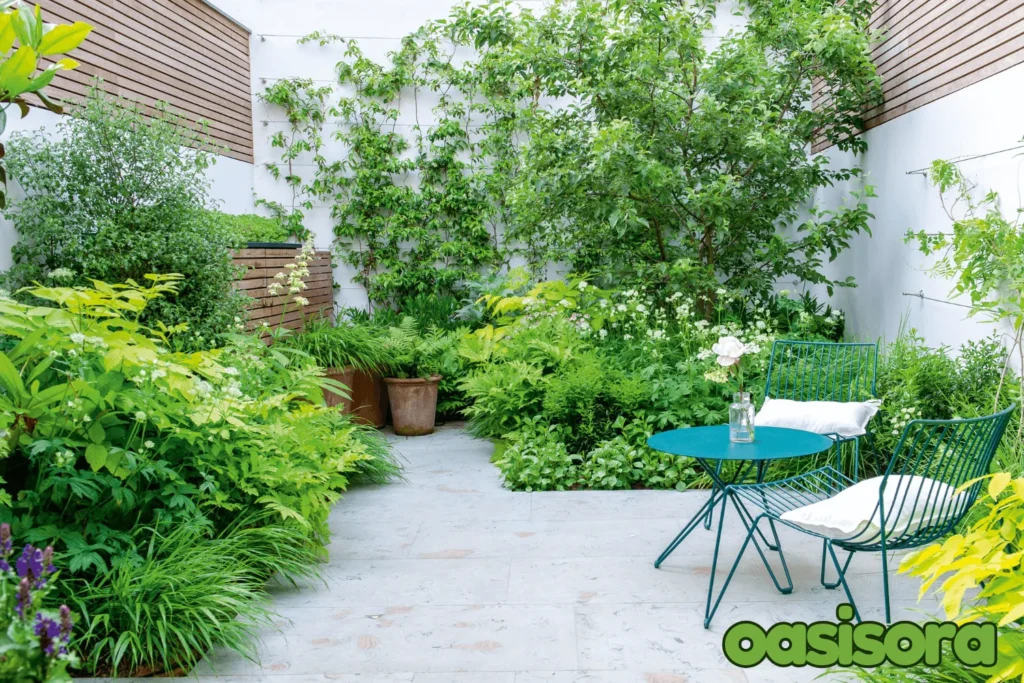
Courtyard Garden
3. Teahouse Garden
Teahouse gardens (Cha-Niwa or Roji) are a simple rustic kind of Japanese garden. Drinking tea is a special tradition in Japan.
Tea gardens were made just for this. Many traditional Japanese homes and properties had a special tea house. The path to the tea house was special.
It had rough stones and natural plants. Walking on it was meant to calm your mind and forget your worries.

Japanese Teahouse Garden
4. Japanese Strolling Garden
A Japanese strolling garden (Kaiyu-Shiki or Tsukiyama) is a big garden. It usually has a hill and a pond.
Japanese strolling gardens can be very large and are meant to be enjoyed from many spots. Making one at home would be a lot of work, but it would be very rewarding.
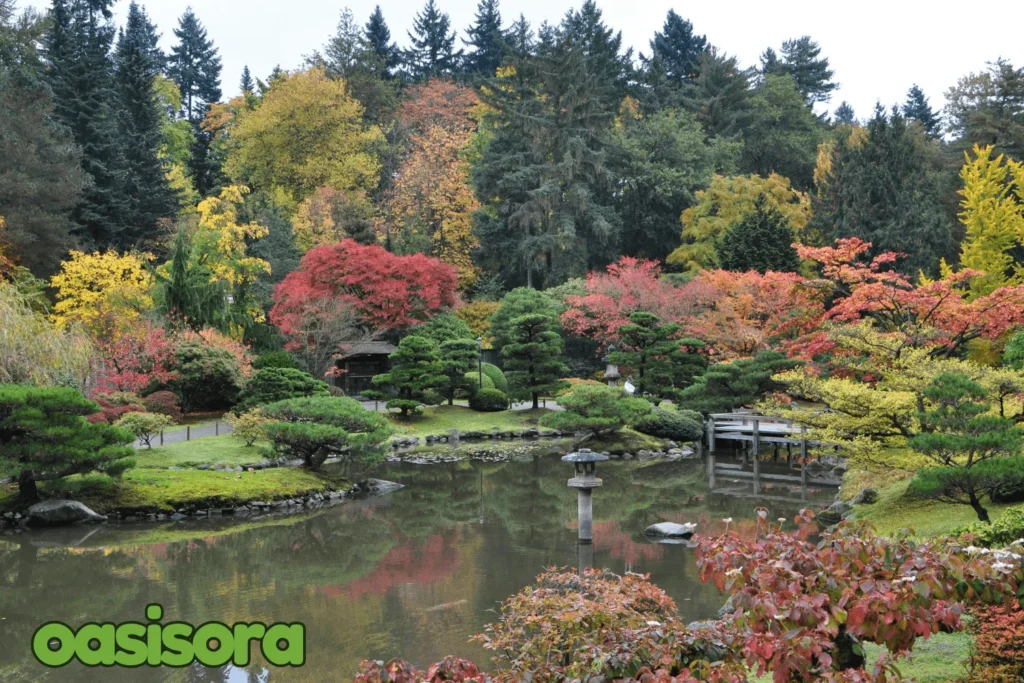
Japanese Strolling Garden
5. Karesansui Garden, Dry Garden
You will be in love with the Karesansui gardens! Water is not necessary for the beauty of these Japanese gardens. Such gardens feature Zen garden elements, including rocks, moss, and gravel, carefully arranged to create a serene and cozy ambiance. Furthermore, Karesansui gardens are designed to promote deep thinking and relaxation.
Secondly, Karesansui gardens are meant to help people relax and think deeply. They’re flawless for quiet reflection and meditation. You can even enjoy them from a window on a rainy day at your home!.
Such gardens are ideal for when you need to unwind and cool off. That’s what everyone loves most about them. You can say that they’re like a refuge from the tensions of everyday life. Therefore, walking around the Karesansui yard will help you cool down when you’re feeling anxious or tired.
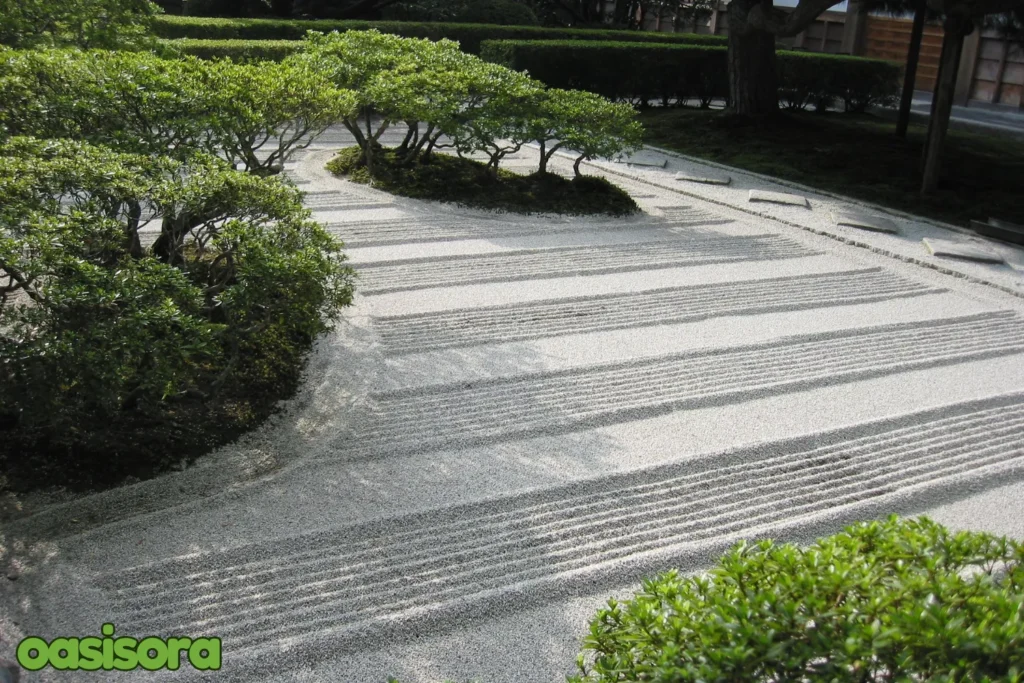
Karesansui Garden
6. Tsukiyama Garden, Hill Garden
Have you ever walked through a yard that’s like a peaceful paradise? That’s what Tsukiyama gardens are all about! “Tsukiyama” means “constructed mountain” or “synthetic hill” in precise translation. These Japanese gardens offer a serene setting, allowing you to unwind and take in the scenery with their lovely hills, ponds, and winding Zen garden rock walkways. Tsukiyama gardens were super popular a long time ago.
Some gardens feature special islands with tortoises and cranes, which symbolize good luck and long life. You can see these at Daigoji and Kodaiji temples in Kyoto. Tortoises and cranes are symbols of happiness and longevity in ancient stories. Tsukiyama gardens are enormous and beautiful.
You can wander and enjoy the scenery. It’s great for picnics or strolls. You’ll love how it makes you notice little natural things. Sunlight and water. It’s so relaxing and helps you learn about nature and Japanese gardens.
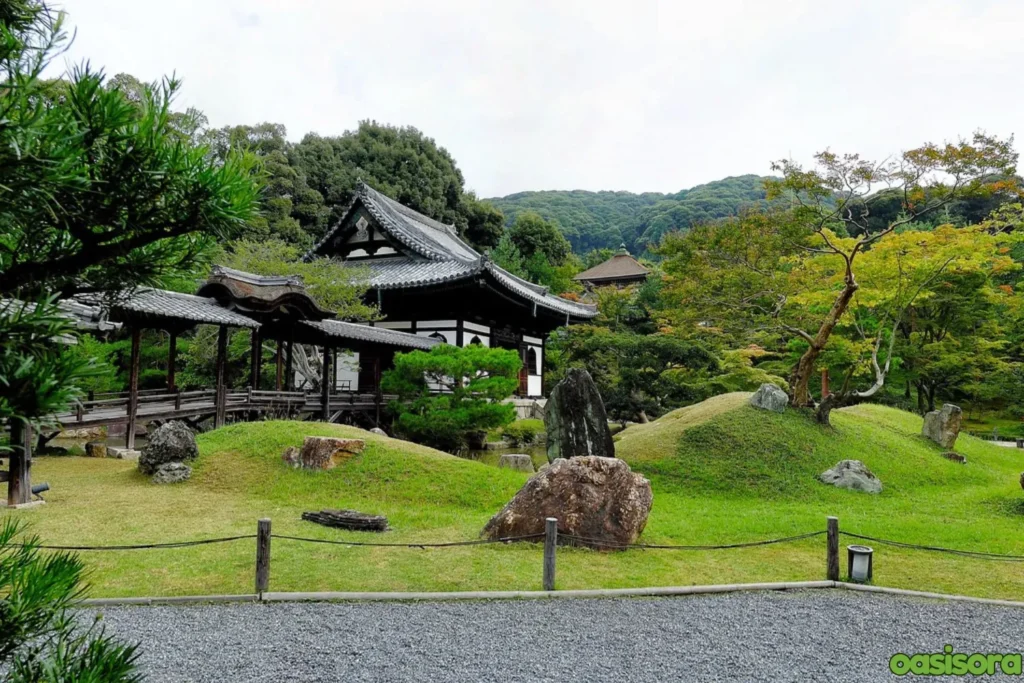
Tsukiyama Garden
7. Chaniwa Gardens, Tea Garden
Ever dreamed of having your own secret garden? Or you’d love to explore a historic Japanese tea garden. Then, Chaniwa gardens, or Japanese tea gardens, are super special for you. The path to these tea yards is super calming – it helps you clear your mind and relax. You can relax and lose yourself in these gardens. Typically, they are compact and comfortable, which contributes to the tranquil atmosphere.
A Chaniwa garden is a must-see for you if you’re interested in Japanese culture. It’s a nice way to get a personal look at the traditions and customs.
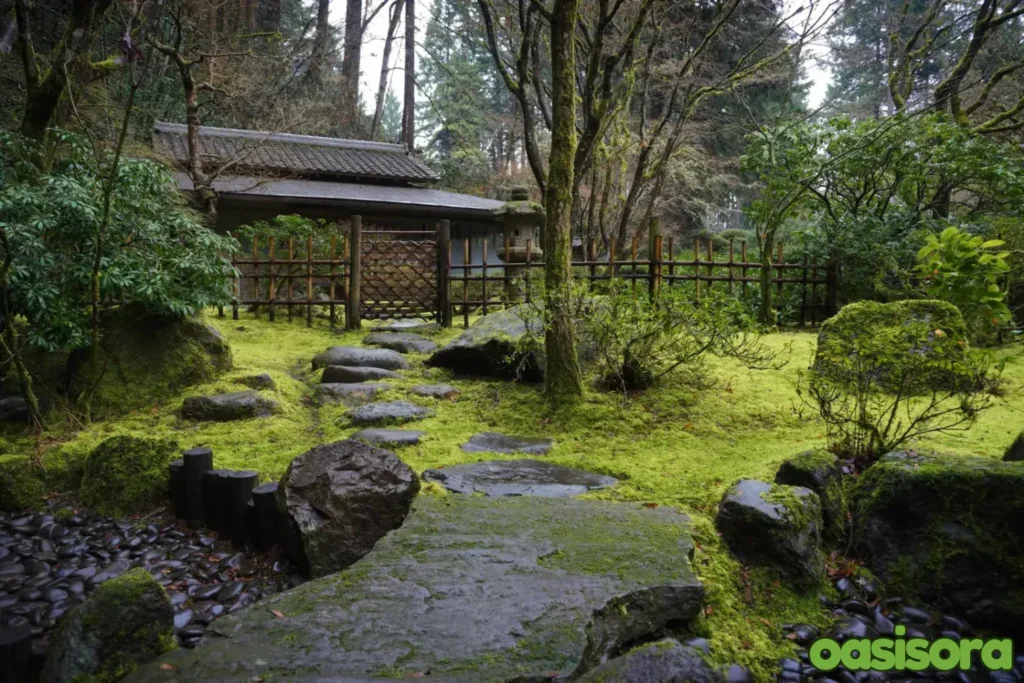
Chaniwa Japanese Tea Garden
5 Key Considerations about Zen Garden Rocks
There are two main kinds of garden rocks in a Japanese garden. Big rocks are used as main features. Smaller rocks and stones are used for walk paths and decorations. They help make your oasis or garden look aesthetically pleasant.
Rocks bring balance to any Zen garden, even in small spaces. Explore Zen garden ideas for small spaces to create your peaceful retreat.
Size
Firstly, you should consider the size of the rocks for your garden. Now, let’s discuss these rock’s sizes one by one:
Large Rocks and Boulders
Big rocks are the base of Japanese Zen gardens. Plants can be added around the rocks, but the rocks are the main part.
Try to have at least one big Zen garden rock in your Zen garden. If you have a big space, use a few big rocks in different shapes. This will make it look nice and not perfect.
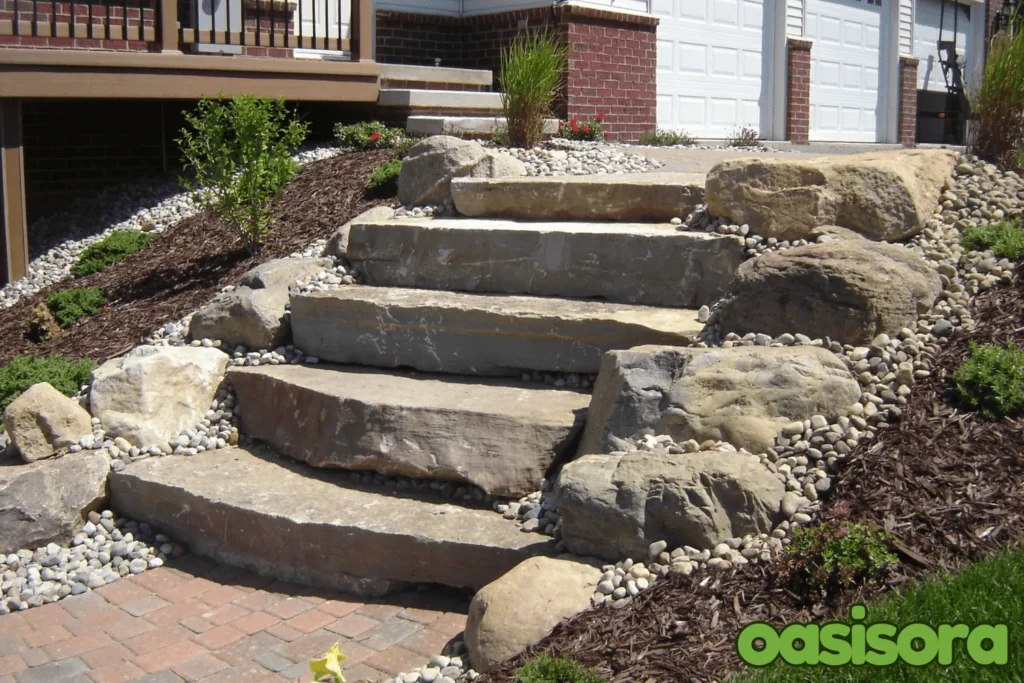
Rocks and Boulders
Stepping Stones
Stepping stones (Tobi-Ishi) are a common feature in many Japanese gardens. While old Zen gardens were meant to be viewed from afar, new and modern styles mix many Japanese garden elements, including the oasis pathways.
If you need a more natural look and appeal, you should choose stepping stones with different shapes and sizes (12-24 inches). They should be the same thickness so people don’t trip.
A thicker stone (3-4 inches) is better because part of it goes underground for stability.
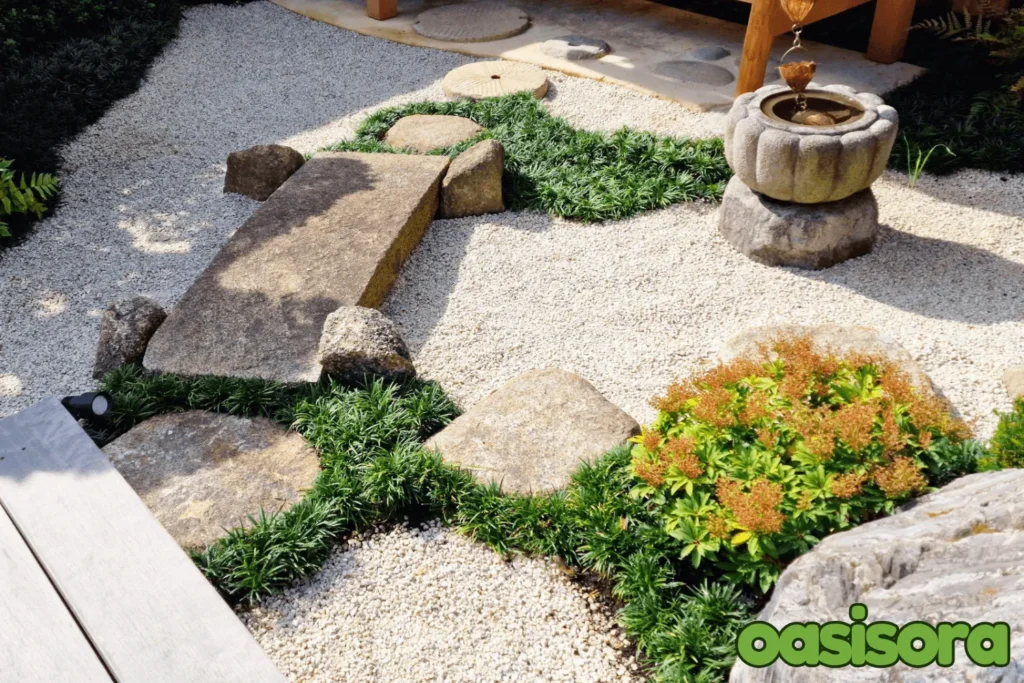
Stepping stones (Tobi-Ishi)
Pathways
Want a fancy bliss to your garden? Then try Stone Paths. They are an extravagant and formal feature in Japanese gardens
. They connect buildings or special garden parts. Nobedan paths are cool.
They’re made of big and small Zen garden rocks or stones mixed. They can be straight and perfect or curvy and natural.

Zen garden rocks pathways
Gravel
Gravel is a main part of dry rock gardens. It’s used to make patterns that look like water.
You should use gravel, not sand because gravel keeps its shape better.
Turkey grit is a cheap gravel for dry rock gardens. Pea gravel is another option. You can choose gravel with a uniform and muted color to keep it simple.
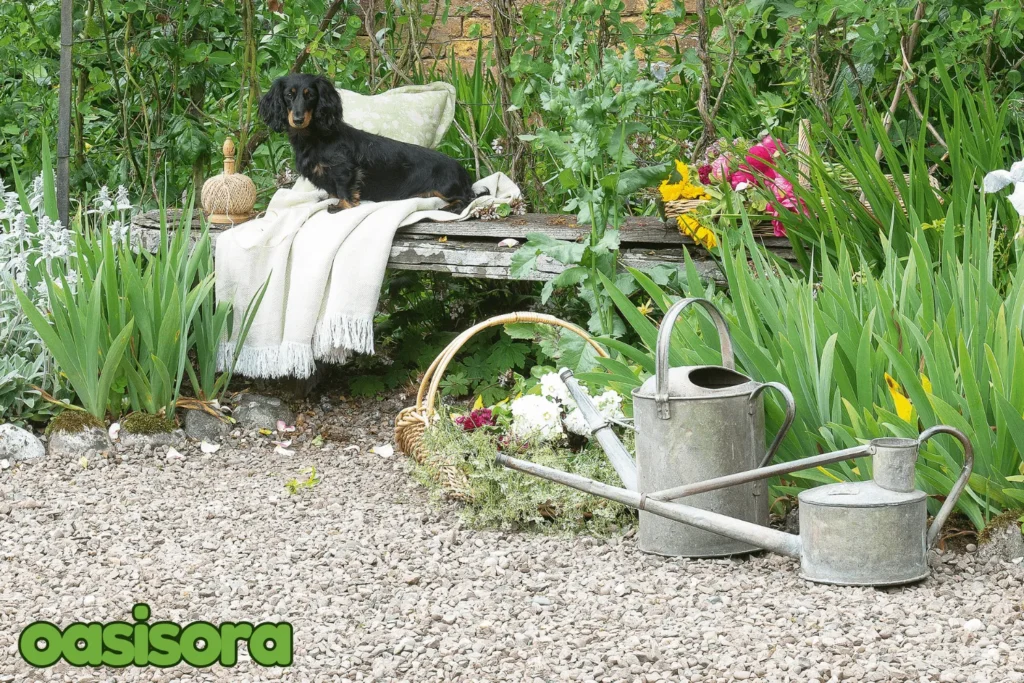
Turkey grit gravel for dry rock gardens
Shape
The second important consideration while selecting your Zen garden rocks is the shape of the rock.
In old Japan, people thought rocks, plants, and water were special. The shape of stones in a Japanese garden is very important.
It’s best to choose rocks with flat tops, called ‘tenba‘. Pointy edges should be worn down like they would be outside from wind and rain
Don’t use fancy rocks to keep it looking natural.
When picking big rocks, you can try to find three main kinds to make your garden look nice and aesthetically excellent:
Flat Rocks
Flat rocks are low and wide with a flat or slanted top.
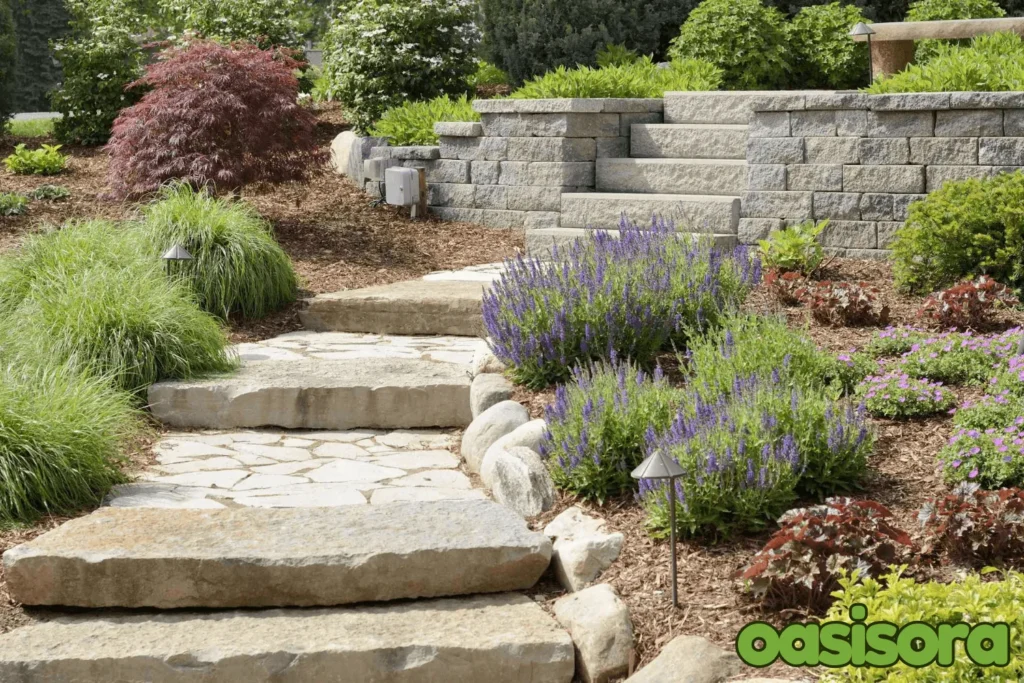
Flat rocks
Stable Stones
Stable stones are low and thick with a big base.
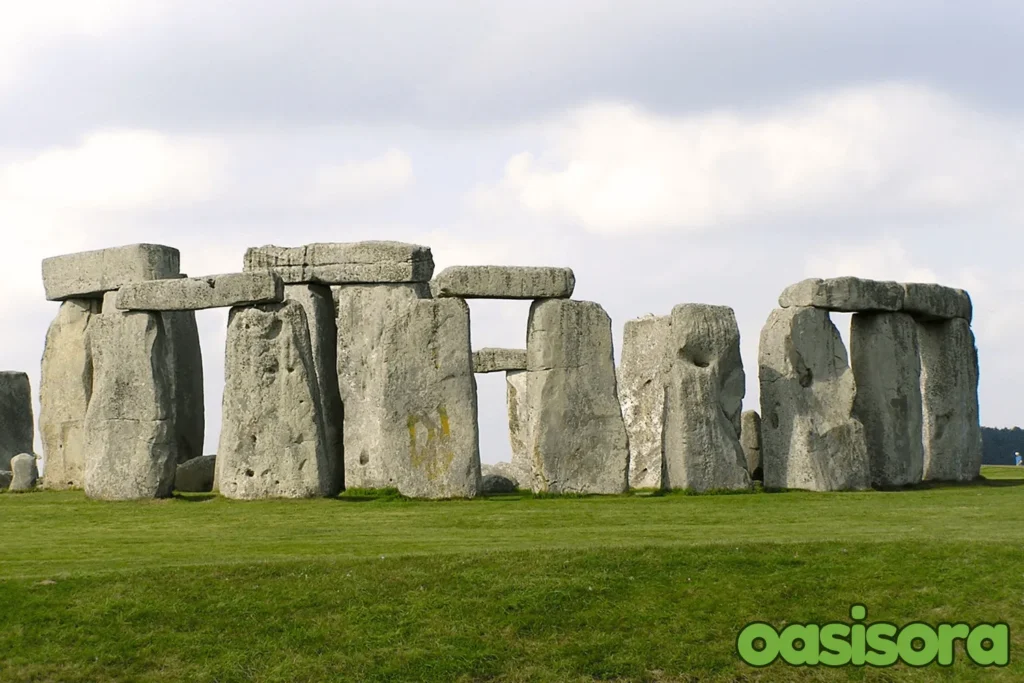
Stable stones with big base
Upright Stones
Upright stones are usually the main stones in a group. They should make the whole group look balanced.

Upright stones
Color
Choosing the right colors makes your garden look nice and feel peaceful
. Colors in the garden are important. If you like a calm tone then consider Gray and beige Zen garden stones that can help everything look serene.
If your love is for dark tints then pick darker stones. They look very nice next to light gravel. It’s best to choose stones with natural colors like brown and gray.
Brightly colored stones can make your garden look messy. Remember that the shape of the stone is more important than its color.
Composition
Another vital point to consider before picking Zen garden rocks is the composition of the rocks.
Symbolism
Rocks are very important in a Japanese garden. They help make the garden look like nature. Big rocks can look like mountains, cliffs, or islands. Small rocks can look like hills or valleys.
The way the rocks are placed makes the garden look special.
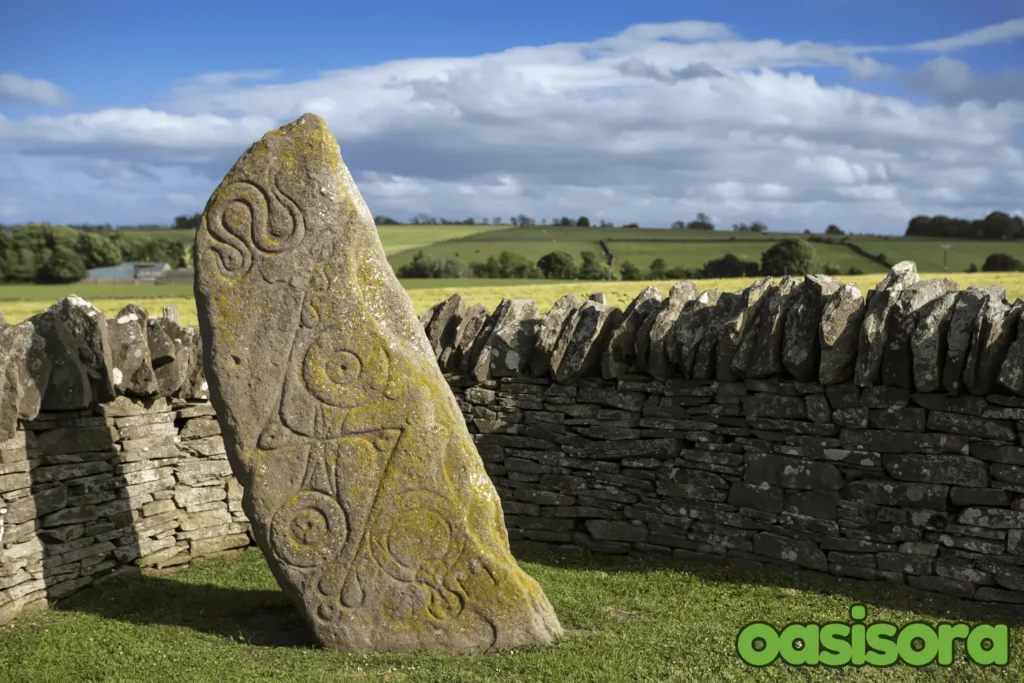
Symbolism rocks japanese zen garden
Groupings
In Japanese gardens, you often see groups of three or five Zen garden rocks. This is because odd numbers look more natural. Rocks of different shapes and sizes are also put in triangle shapes.
This makes the garden look more like nature.
Views
When you are making a garden, think about all the ways people will see it. If people can walk around the garden, make sure it looks good from all sides.
But if your garden is just for looking at from a window or deck, you can plan it just for that one view.
This is very true when putting rocks in your garden. Place rocks where they look good from the main views. Use different-sized Zen garden rocks, like one big one and three small ones.
This will make your garden look nice.
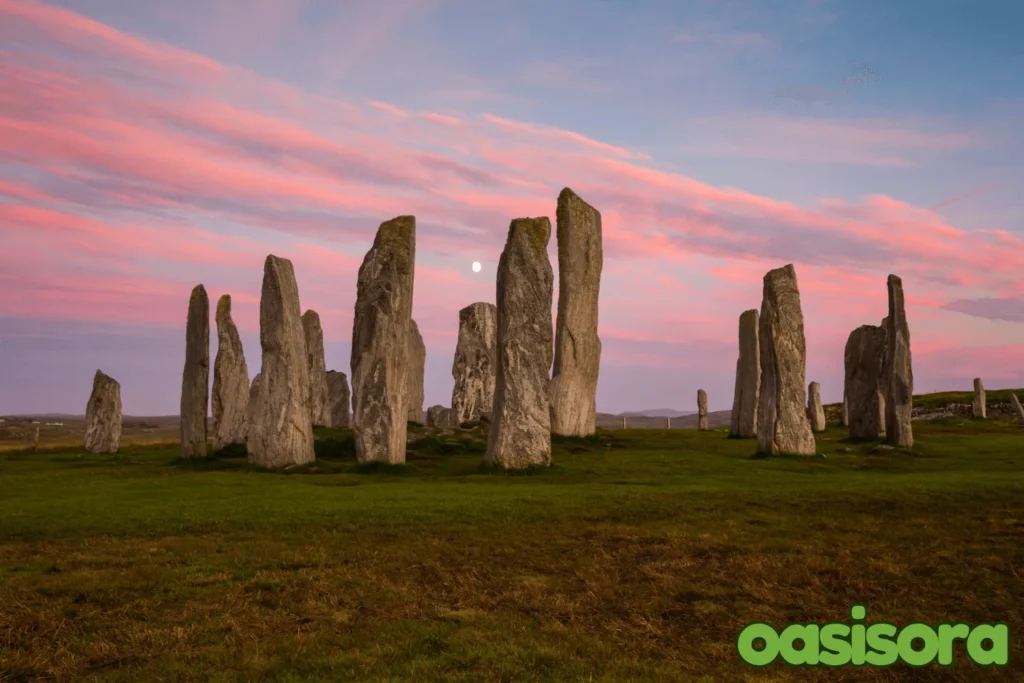
Evening view of Symbolism stones
Pro Tip: Don’t use too many tall rocks. These rocks are classic in Japanese gardens. But if you use too many, it can look fake and messy.
It’s better to use just a few tall rocks and mix them with other kinds of rocks. This will make your garden look natural and nice.
Placement
You can get the garden rocks from a local store nearby. Isn’t it easy! But moving them to your garden and putting them in the right place can be very hard, huh?
Big rocks are nice, but they are very heavy! If you can afford it, hiring someone or renting small machinery like tracked excavators, mini skid steers, etc.
Is also a preference that can save you the aches and pains of fully manual labor and move the rocks for you.
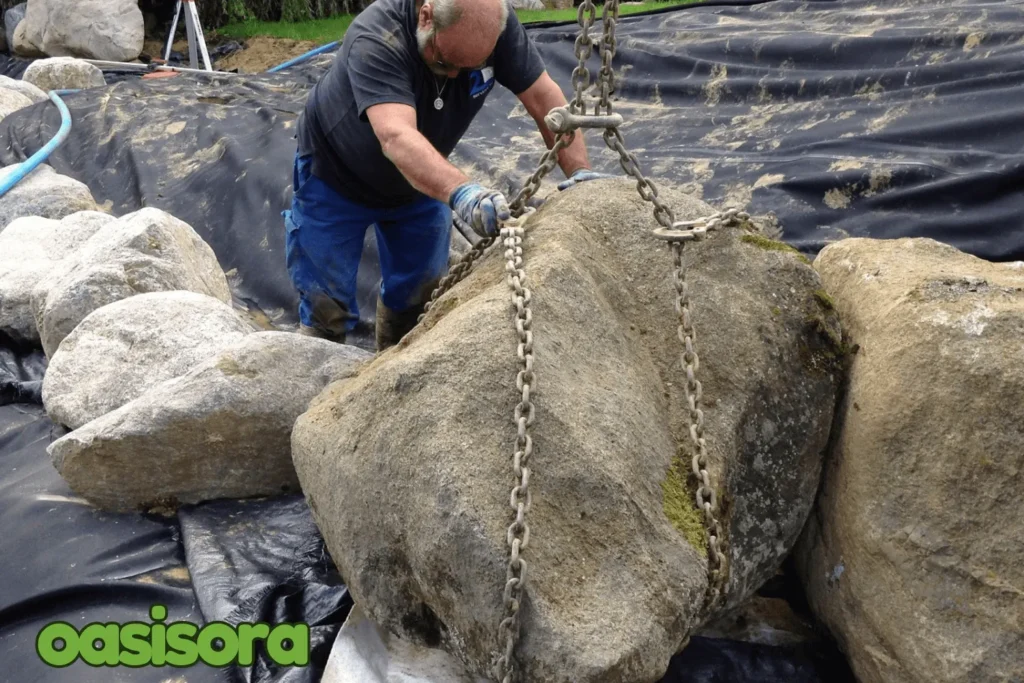
Placements of stones
When putting rocks in your garden, don’t just put them anywhere. Start with the biggest rocks in the back. Put smaller rocks in the front
. This will make your garden look nice and pretty. Put the widest part of the rock on the ground. Then, dig a hole for the rock and put part of it underground.
Cover it with soil so it looks like it’s been there forever. Big rocks sink into the ground over time, so most of the rock will be underground.
When you’re happy with where you put the rock, pack the dirt or gravel around it tightly.
Use a special tool called a tamper to make sure the rock doesn’t move. This will keep the rock stable and safe.
Pro Tip: Don’t use too many tall rocks standing up. These Zen garden rocks are traditional in Japanese gardens, but too many can look weird and ruin the whole look.
Japanese Garden Precedents
Do you know that the Ryoanji Garden in Kyoto, Japan is very famous?
A long time ago, a rich Japanese person made that garden. Later, in 1450, it became a special kind of temple. Isn’t it interesting though? This garden is a great example of a Japanese Zen garden.
It has small rocks and big rocks arranged in triangles, with sand that’s swept into patterns.
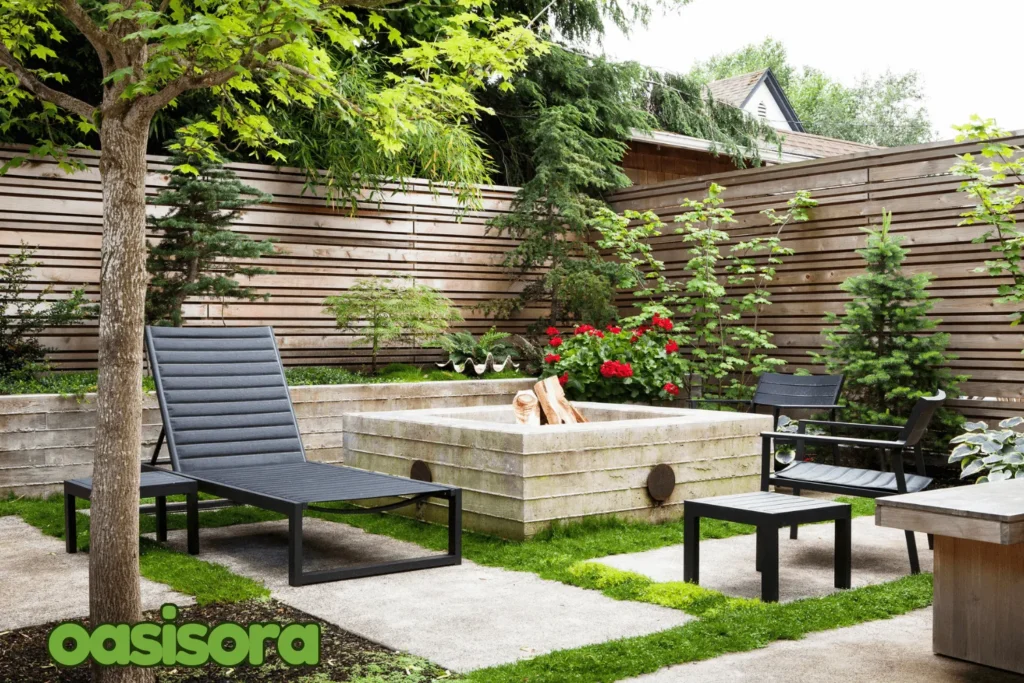
Japanese Garden Precedents
The Portland Japanese Garden is one of the most real Japanese gardens that are outside of Japan. It has many different styles of Japanese gardens in its 12 acres.
You can freely walk around and see many alluring parts of the garden.
Kenrokuen Garden is one of Japan’s three most beautiful and appealing gardens.
It’s a classic walking garden with large Zen garden rocks thoughtfully placed on land and around a tranquil water feature.
The Banryu-tei Garden at Kongobuji Temple is Japan’s biggest rock garden.
How Do You Create a Zen Garden in Your Yard?
Creating a Zen garden in your yard can be a relaxing and enjoyable hobby. Here’s how:
Choose a Space
First, choose a quiet and peaceful spot. It doesn’t have to be so big. A small place can also help you. Think about the vibe you want like. Do you prefer a calm or lively atmosphere?. Pick a spot that feels right.
Determine Your Materials
Next, gather materials. You’ll need gravel, stones, and plants. You can also add decorations like Zen garden rocks, lanterns, or statues. But folks Keep it simple, aim for a peaceful atmosphere, and select materials that align with your style.
Use these materials to improve the overall appearance of your yard:
River Stones
Placing river stones in your Zen garden as yard paths or decorations can transform it into a truly peaceful space. They come in a variety of beautiful sizes and colors.
Pebbles
Use distinct pebbles in your garden to add a calming feel. You can also make patterns with them using various colors and sizes.
Sand
Sand is an excellent base for your Zen garden. You can rake it into patterns for a chic look. Plus, it’s easy to care for.
Moss
Moss adds a luxuriant appearance to your Zen garden. Shady place is excellent for it. You can take delight in the tranquil ambiance it gives.
Personalize Your Garden
Add some personal and unique touches to your Zen garden to make it truly one-of-a-kind, just like you! You can select the lights or decorations that hold special meaning for you. This adds character and makes your garden feel more meaningful. Plus, you can customize your yard by using these features:
- Add a Zen garden rock for a peaceful touch. You can select the one that resonates with your personality. It can be a yard’s focal point or symbol of serenity.
- Be antique! Use lanterns or statues to create a calm atmosphere. Pick ones that reflect your style and personality. They add visual interest and serenity to your Zen garden.
Incorporate a Water Feature
You can make your Zen garden even more peaceful by adding a nice water feature. You will be in love with the sound of water. It’s calming and can help you cool out. You can pick a small fountain or a cute birdbath to create a beautiful water feature. It’ll be a gift for birds in summer.
Zen Garden Plants
The use of Zen garden plants is special because they are chosen for their beauty and symbolic meaning. They give your landscape a more organic look and contribute to its serenity. These plants bring interest and calm to your environment, as they come in a variety of shapes, colors, and textures.
Here are some main plants:
Cherry Tree
Cherry trees are beautiful additions to Zen gardens due to their remarkable red beauty. They symbolize fragility and the fleeting nature of life.
Japanese Maple
Add beauty and elegance to your yard with Japanese maples. They bring refinement to Zen gardens with their vibrant colors and unique leaves, making them truly stand out.
Bonsai Trees
Bonsai trees represent balance and self-control. They’re carefully grown to create intricate shapes and can add depth and meaning to your Zen garden.
Bamboo
Use Bamboo in your yard to bring calmness to your Zen oasis. Its soft rustle and gentle movement look soothing. Plus, it symbolizes flexibility and resilience.
Final Thoughts
Transform your space with serenity with the aesthetically appealing Zen garden rocks!
Rocks are a key part of traditional Japanese gardens. They add a natural touch that can turn a small space into a dramatic landscape, like a mountain or valley, with special meanings and careful design.
Bring a touch of calm to your home by adding a Japanese rock garden. These incredible rocks, whether traditional or contemporary, can transform your outdoor area into a tranquil haven!.
What’re you waiting for, then? Try Zen Garden Rock Bliss today!
FAQs
1. What kind of rock is used in a Zen garden?
Rocks used in Zen gardens are usually natural, tough, and irregularly shaped. Also, they can be:
- Granite
- Basalt
- Limestone.
2. What is the purpose of the Zen Rock Garden?
The purpose is to create a peaceful, calming space for meditation. It also helps people to connect with nature and find inner peace and calm.
3. What are Zen stones used for?
Zen garden rocks or stones are used for decoration and meditation. They help create a peaceful atmosphere and guide the mind.
4. How to place rocks in a Zen garden?
Place rocks in groups, usually in odd numbers. Position them to look natural, with the largest rock at the back.

15 thoughts on “7 Best Zen Garden Rocks to Design a Peaceful Oasis in 2025”
Comments are closed.